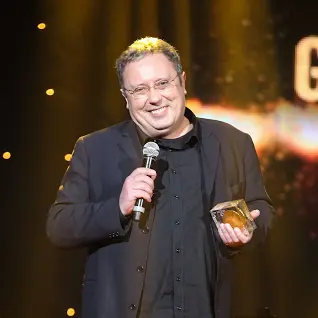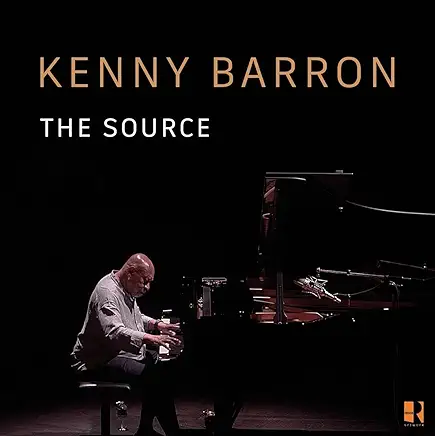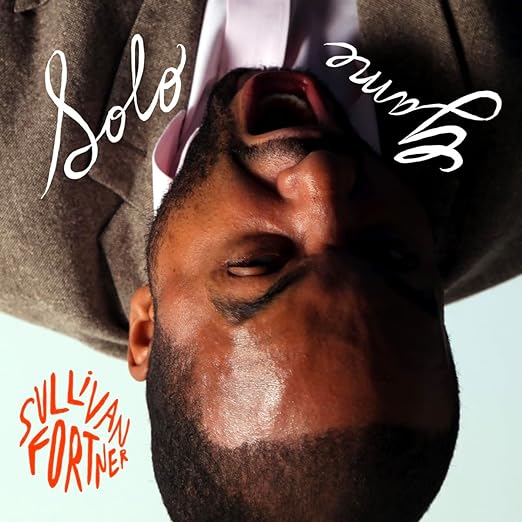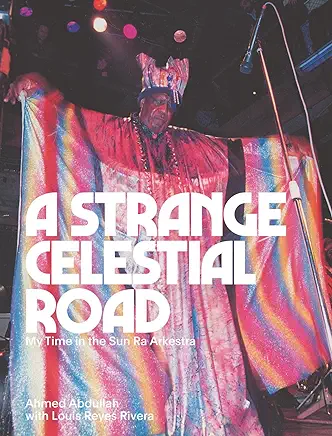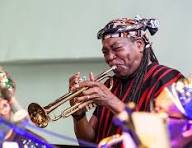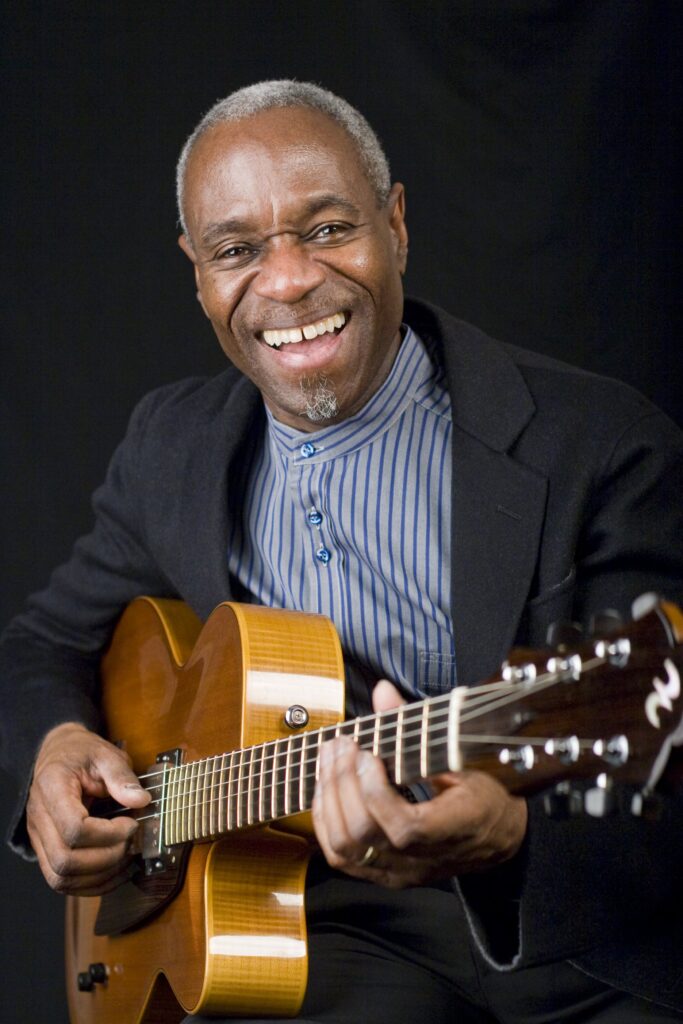My recent, extremely rewarding and gratifying experience with the NEA Jazz Masters as recipient of the
2024 NEA Jazz Masters A.B. Spellman award for Jazz Advocacy has provided plenty of room for reflection, including some precious opportunities to participate in retrospective interviews. Among those reflections was my 50+ years as a jazz radio programmer. That odyssey began as an undergraduate at Kent State University when my dear friend Michael Brown bequeathed his weekly WKSU radio show “Exploration Jazz” to my care. From there I had radio opportunities at WABQ and for a very brief moment at WERE – my only “commercial” radio stints – in Cleveland.
When we relocated to the Twin Cities I landed at KFAI, “Fresh Air Radio”, the community radio station in Minneapolis for our four years at Arts Midwest. From there Suzan & I moved to Washington, DC where I took a position directing the former National Jazz Service Organization (fodder for another edition of the Independent Ear!). I was soon invited to DC’s venerable community radio station WPFW for an interview on my work, signing up for a radio opportunity soon thereafter. With community radio stations the usual process calls for those deemed qualified to essentially be wait-listed for programming opportunities. Meanwhile the best way to land one’s own program is to start out serving as a substitute programmer.
I’ve been at WPFW for 35+ years now, working various time slots, including a 4-6pm “Drivetime Jazz” slot on Fridays – which provided the origins of my Jazzology jazz trivia contest, currently available bi-weekly at SavageContent.com. In 2007/2008 Suzan and I moved to New Orleans where she served as a visiting professor at Loyola University and built the Thelonious Monk Institute’s graduate studies program. While there I had the pleasure of programming – starting first as a sub in the typical community radio pecking order – at the legendary WWOZ. When we returned to DC in late summer ’08 I returned to WPFW, where I started back on a weekly 5:00-8:00am slot, eventually working my way to 10pm-midnight on Wednesdays for my Ancient/Future Radio show.
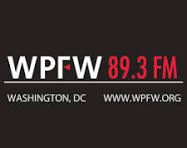
Earlier this year, following the passing of the very popular WPFW programmer Donnie McKethan, I assumed the 2:00pm-4:00pm Sunday slot for my current show Open Sky. All these years as a radio programmer have increased my sense of the ongoing importance of terrestrial radio. Despite the many streaming services, the great presence of SiriusXM’s Real Jazz channel and myriad other opportunities to experience jazz radio over the ‘Net, including the fact that even most terrestrial radio is now available via the internet, jazz programming on terrestrial radio remains an essential option.
With that in mind and in consideration of the fact that you should know who is out here broadcasting jazz, including a sense of the programming proclivities of some of these good folks, consider this part one of a series of responses to a basic question I pitched to friends & colleagues in the jazz radio programming universe: What constitutes a well-rounded jazz radio program? We’ll start this series with insights from Michael “Mr. Jazz” Gourrier, former longtime WWOZ host and currently the Jazz Director at WRIR-FM in Richmond, VA, where Michael landed in the aftermath of Hurricane Katrina’s devastation, and one of the key jazz voices of the San Francisco Bay Area, KCSM’s Jesse “Chuy” Varela.
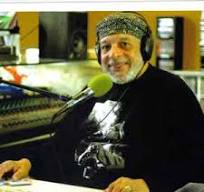
Michael Gourrier: As I approach my 50th year behind the microphone a thought came to mind: “We are the sum of our influences.” I reflected on how things have changed and developed over the years. I remember Spotlight Shows, Specials, Birthday tributes being used as a platform for presentation in past years. Nowadays my programming is dictated by the material that I am presented [with] for exposure. My shows are basically composed of new releases to keep our listeners up to date on what’s happening in the World of Jazz. After review of the submitted material, I compile a Playlist that will include MY impressions of a diverse array of Selections, including different styles, types, size and variety that seems to work, as I receive [consistent] positive response from the Listening Audience.
Here are two [of my] recent Playlists to exemplify the diversity of the presentation:
Hour #1 Playlist For The Sunday Morning Jazz Show (3/31/24)
Artist, Track, Album Title
Dr. John, “Litanie Des Saints”, Going Back to New Orleans (Warner Bros.)
Charles Lloyd, “The Ghost of Lady Day”, The Sky Will Be There Tomorrow, Blue Note
Christian McBride-Edgar Meyer, “Philly Slop/Who’s Gonna Play The Melody”, Mack Avenue
Abena Koomson-Davis, “Abena’s Bop”, Where Is The Love, WJ3 Records
Allen Dennard, “One Step Ahead”, Flashback, ADM
Ken Peplowski, “You Go To My Head”, Unheard, Arbors
Cliff Beach, “”I’m Beginning To See The Light”, You Showed Me The Way, California Soul Music
Mike Clement, “So Bro”, Hittin’ It, Cellar Music
Caroline Julia Cabading, “You Carolina”, Sugilanon, Patois
Spike Wilner, “Contrafactus”, Contrafactus, Cellar Music
Lauren White, “I’m Glad There Is You”, Making It Up As We Go, LWM
Kelly Green, “By The Way”, Seems Green, Soul
Martin Budde, “Red”, Back Burner, Origin
Remy Le Boeuf, “Stop & Go”, Heartland Radio, Soundspore Records
Albare, “Blue Bossa”, Reimagined/Beyond Belief, Alfi
Jill Salkin, “Stolen Moments”, What The World Needs Now, JSM
Radha Thomas, “Daahoud”, As I Sing, Subcontinental Records
Alex Beltran, “Sub Rosa”, Rift, Calligram Records
Jane Scheckter, “A Beautiful Friendship”, I’ll Take Romance, JSM
Wolff/Clark/Dorsey, “Gloria’s Step”, A Letter To Bill Evans, Jazz Avenue
Neal Alger, “Go With The Sco-Flow”, Old Souls, Calligram Records
Simon Lasky Group, “Tampa Strut”, For The Dreamers, Ubuntu Records
Chris Rottmayer, “Song Of Modes”, Being, Shifting Paradigm
Hour #1 Playlist For Bebop and Beyond with Mr. Jazz (3/31/24)
Donald Byrd, “Cristo Redentor”, A New Perspective, Blue Note
Ron Rieder, “Un Coco Loco”, Latin Jazz Sessions, Ronaldo Music
BK Trio, “Groovin’ On”, Groovin On, BK Music
DeeAnn, “A Little Romance”, It’s My Time, DAAM
Seulah Noh Jazz Orchestra, “Arrogant of Elegant”, Nohmad
Marta Karassawa, “Cama de Gato”, Tempo Born, MKM
Adonis Rose Trio, “You Taught My Heart To Sing”, For All We Know, Storyville
Abdullah Ibrahim, “Tuang Guru”, Gearbox
Ernesto Cervini, “Stuck Inside”, A Canadian Songbook, TPR Records
Lori Bell, “Recorda Me”, Recorda Me, LBM
Hour #2
Hendrik Muerkens, “Dreamsbville”, The Jazz Meurgengers, Cellar Jazz
Tom Keeenlyside, “Third Street Wobble”, Third Street Wobble, AJR
Gaston Reggio, “Michigan”, Instru Dash Mental
Jack Wood, “A Day in the Life Of a Fool”, The Gal That Got Away, Jazz Hang
One For All, “Oscar Winner”, Big George, Smoke Sessions
Brandon Goldberg, “It Ain’t Necessarily So”, Live at Dizzy’s, Cellar Jazz
Spike Robinson Quartet, “Doxy”, The Live Session, PME Records
Touching, “I Can Be Two People At Once”, Head In The Sand
Stephen M. Lee, “In The Moment”, In The Moment, SLM
Scott Marshall, “Frugal Fugue”, The Solitude Suite, SMM
Clearly Michael Gourrier, aka “Mr. Jazz”, has developed a radio show format with particular emphasis on exposing his listening audiences to new & recent releases, and to somewhat lesser-known artists in many instances. Or as he closed… SO MUCH MUSIC… SO LITTLE TIME.
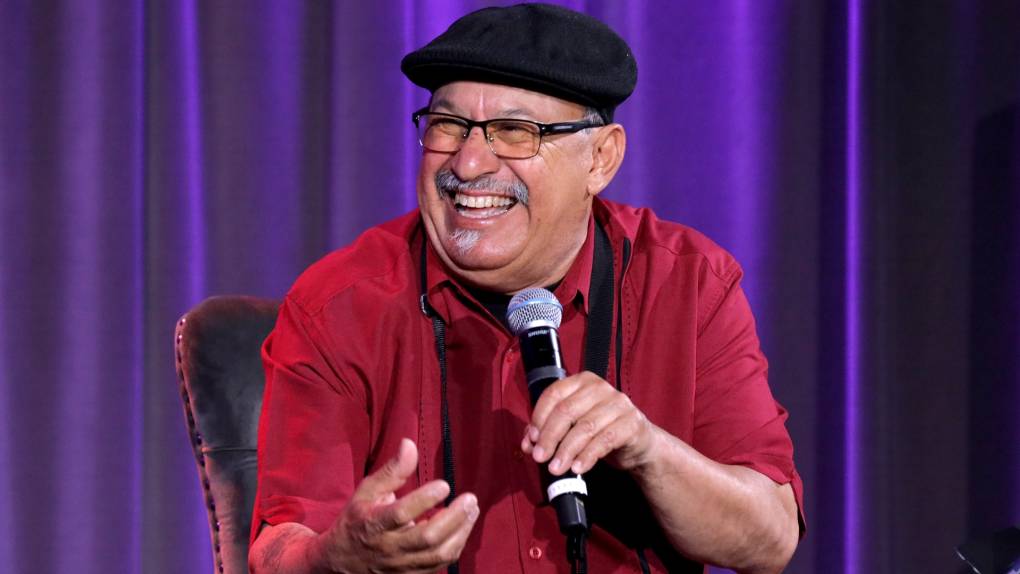
Recipient of the Jazz Journalist Association (JJA) 2023 “Jazz Hero” award for the San Francisco Bay Area, Jesse “Chuy” Varela has been a fixture on Bay Area jazz radio for more than a minute. He is currently heard on KCSM Jazz 91 out of San Mateo, CA, aka “The Bay Area’s Jazz Station”.
Jesse “Chuy” Varela: This is my 40th year in Jazz broadcasting. I cut my eye teeth at KPFA – Pacifica Radio [the Bay Area’s sister station to WPFW] and KJAZ in San Francisco. At KPFA I began as a board operator for Phil Elwood, longtime jazz critic at the San Francisco Examiner and a veteran jazz radio programmer at KPFA, going back to 1951. It was moldy fig 78s of Jelly Roll Morton, Louis Armstrong, Turk Murphy, as well as key figures like Duke Ellington, Dizzy, Charles Mingus and other greats. [Phil Elwood] taught me to honor the past and share its legacy with listeners. “Spread the gospel” were his words to me when I left after five years as his engineer.
I spent 12 years at KJAZ hosting The Latin Jazz Show and filling in on the straight-ahead shifts. What I learned at KJAZ was the art of the set: How to mix and sequence pieces of music so they blend well sonically and harmonically, as well as to talk about the music succinctly.
Now as music/program director at KCSM JAZZ 91, the SF Bay Area’s jazz radio station, I program – and emphasize to our programmers – about presenting a show with a vision of mixing the past with the present in the stylistic genres and subgenres that exist in this music. We present what we call “edu-tainment”, which means teaching about jazz but still entertaining our audience about great jazz. After 25 years at KCSM Jazz 91 I still live by the words passed on to me by my mentors: Have Fun! I still enjoy what I do and try to smile every time I open the mic.

